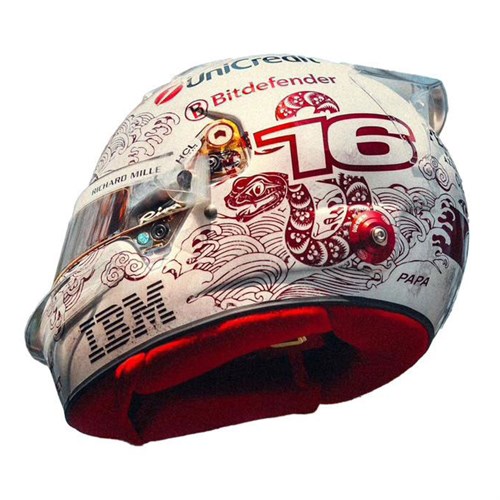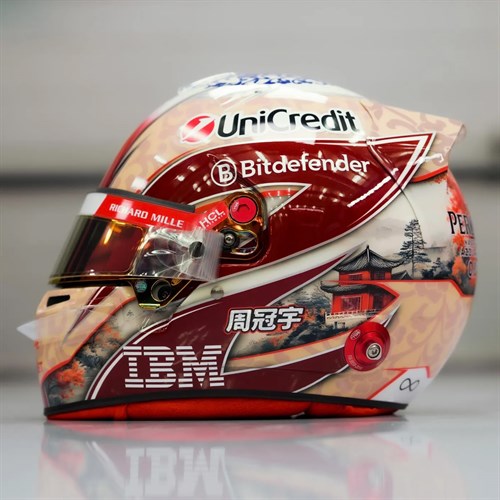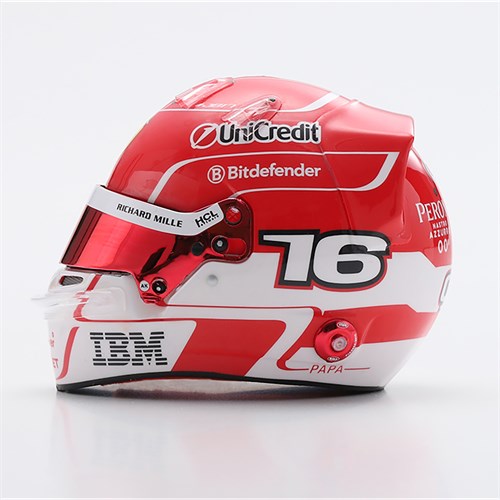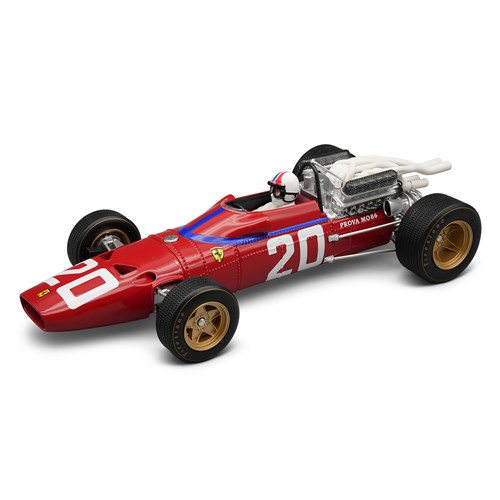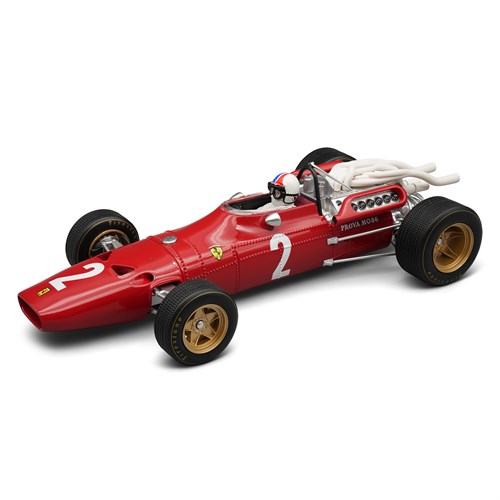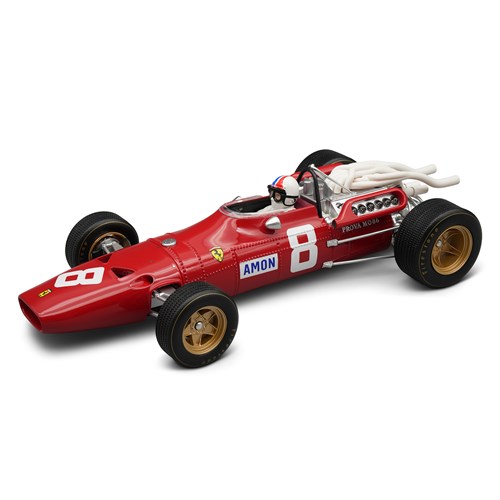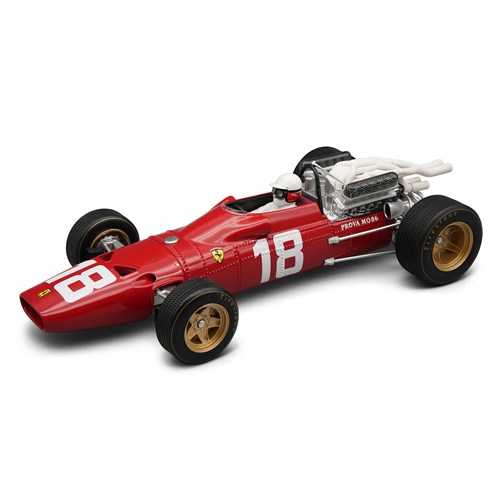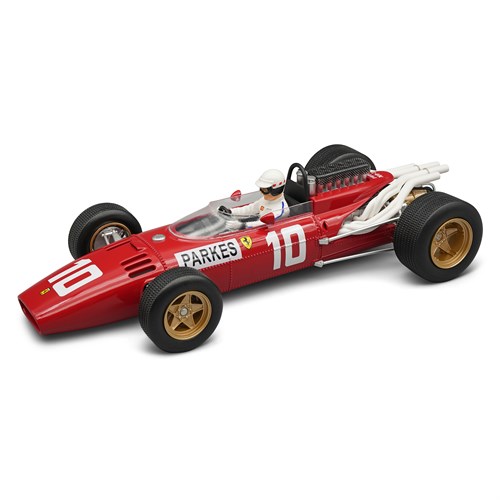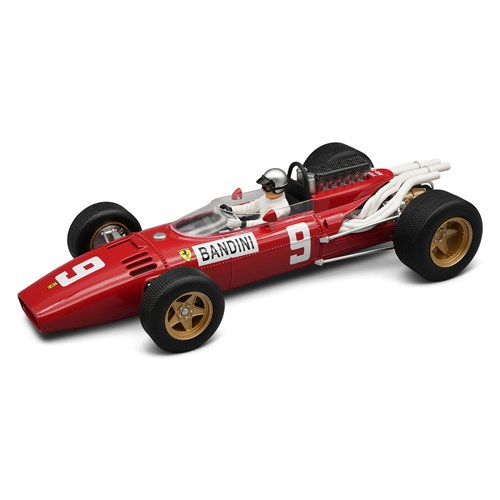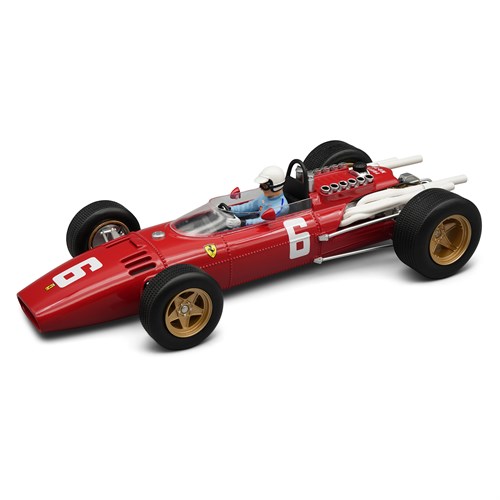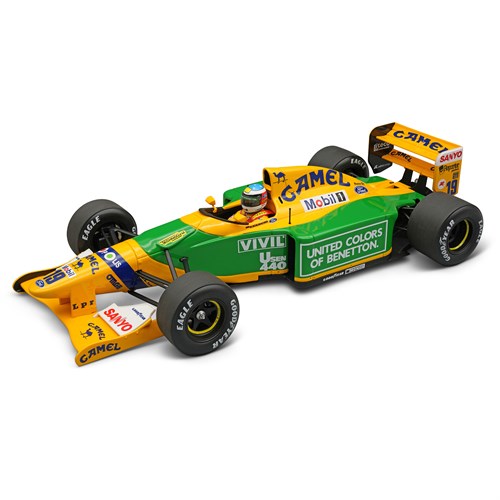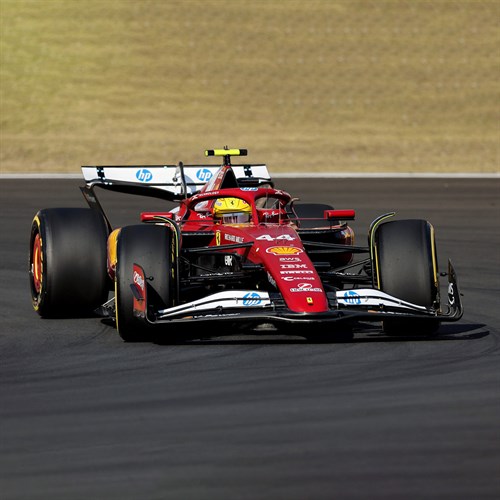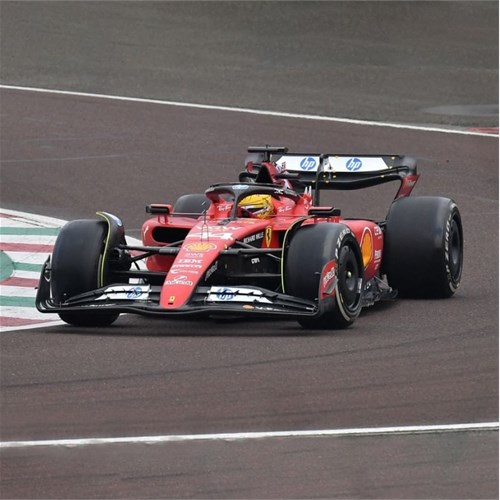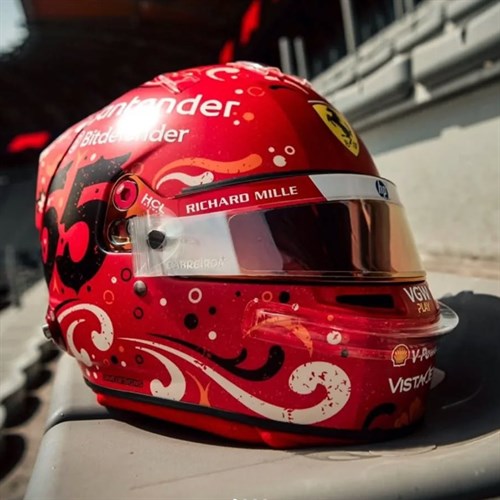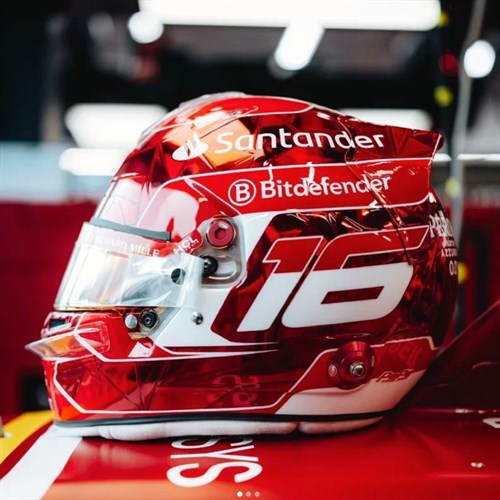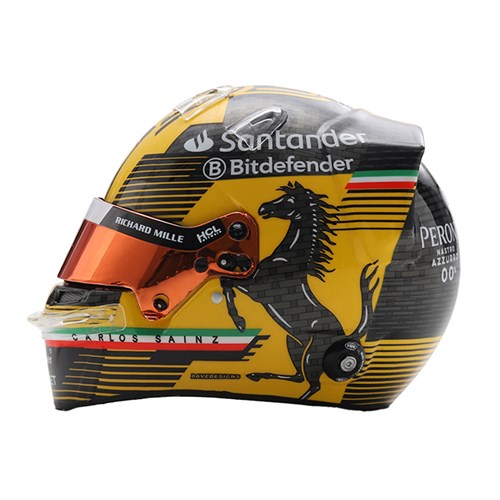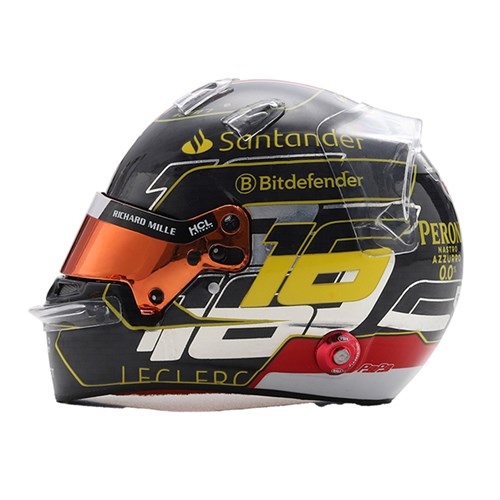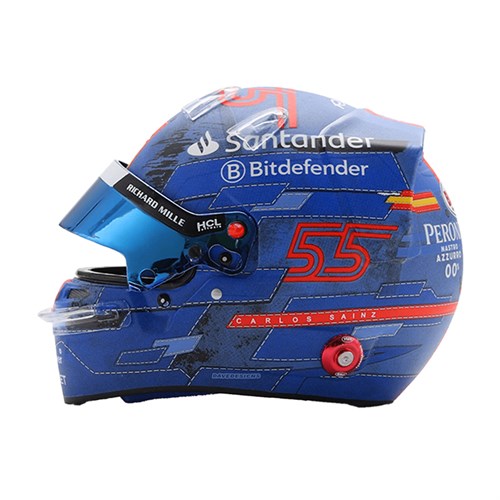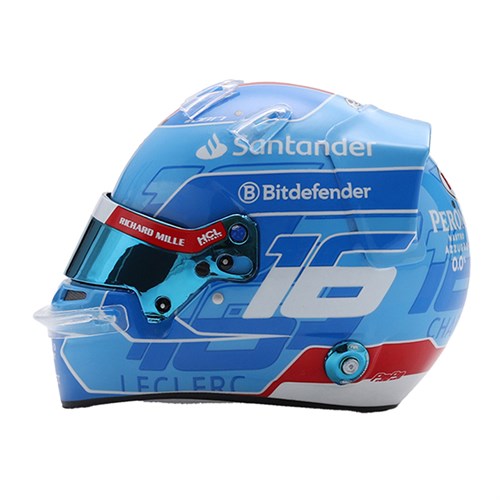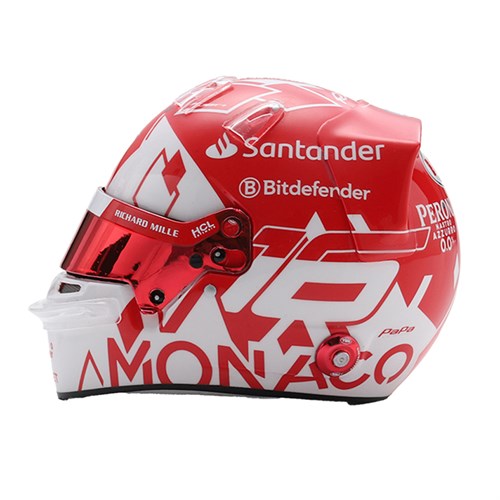- Menu
- Diecast brandsFeatured brandsAll diecast brands A - L
- F1 models
- Road carsSearch by marque A-JSearch by marque L-ZSearch by scale
- Motorsport modelsSearch by motorsportSearch by scale
- Motorbike modelsSearch by motorbike typeValentino Rossi
- Other models
- Models by Scale
- SaleSearch by product typeSearch by scale
- Stories
- Sign In
- Register
Ferrari F1 model car | Ferrari F1 diecast models
Buy Ferrari F1 model cars from the UK’s largest stockist of resin and diecast models. Huge selection of 1:18 and 1:43 modern and classic Ferrari F1 model cars include subjects manufactured by Look Smart, Tecnomodel and more. Browse our in stock and preorder options for Ferrari F1 models from the 1950s up to the present day grid. Ascari to Leclerc.
Ferrari is the only team that is as old as the Formula One world championship itself, having made its debut in the 1950 Monaco Grand Prix, which was the second world championship race. Alberto Ascari took the runner-up spot first time out, while Jose Froilan Gonzalez would score the Scuderia’s first grand prix win in the following year’s British Grand Prix at Silverstone.
In 1952 and 1953 the F1 world championship ran to Formula Two regulations, with Ferrari and Ascari dominating, the Italian becoming the sport’s first multiple champion. Ferrari achieved further world championship success with Juan Manuel Fangio in 1956 and Mike Hawthorn in 1958, the latter becoming Great Britain’s first Formula One world champion. The Italian team also endured its share of heartbreak during that period however, with Ascari and young British driver Peter Collins both losing their lives in accidents.
1961 saw the Prancing Horse return to the front of the field, Phil Hill and Wolfgang von Trips dominating the season with the infamous 156 ‘Sharknose’. The successful campaign would end with tragedy when von Trips lost his life at Monza, while Hill became the first American to claim the crown.
In 1962 and 1963 British teams BRM and Lotus came to the fore, winning the world championship with Graham Hill and Jim Clark respectively. Ferrari then rebounded in 1964, John Surtees becoming the only person in history to win the top world championship in both motorcycle and car racing.
Ferrari then somewhat lost its way for the next decade or so, scoring the odd race win but not being able to put a consistent championship challenge together. Things changed in 1974 when Enzo Ferrari diverted all of his company’s resources into his Formula One team, ending the Prancing Horse’s long-standing association with sportscar racing. Having future star Niki Lauda come aboard also helped considerably, the Austrian scoring his first two grand prix victories.
Lauda would then come close to dominating the sport over the next three years, comfortably winning the world championship in 1975 and 1977, and he surely would have done the same in 1976 but for his horrific accident at the Nurburgring that came close to claiming his life.
In 1978 Ferrari (now without Lauda) was defeated by Lotus, but the Italian outfit was back on top in 1979, Jody Scheckter and Gilles Villeneuve taking a comfortable 1-2 in the drivers’ championship.
Ferrari would then incredibly go through all of the 1980s and the 1990s without taking a single drivers’ title (although it did lift the constructors’ trophy in 1982, 1983 and 1999). Appalling unreliability thwarted its efforts on many occasions, while its management style was also often called into question. There were race wins for the likes of Villeneuve (who was killed in qualifying for the 1982 Belgian Grand Prix), Didier Pironi, Patrick Tambay, Rene Arnoux, Michele Alboreto, Gerhard Berger, Nigel Mansell, Alain Prost (who came close to claiming the title in 1990 after a battle with McLaren’s Ayrton Senna) and Jean Alesi, but successes were few and far between.
The tide began to turn in 1996 when Jean Todt came on board to run the team, who was joined by new drivers Michael Schumacher (the reigning double world champion who had defected from Benetton) and Eddie Irvine. After three race wins in 1996 Schumacher would be a championship challenger for the next two years, narrowly losing out to Williams’ Jacques Villeneuve in 1997 and McLaren’s Mika Hakkinen in 1998. Irvine took up the championship challenge in 1999 after Schumacher broke his leg in an accident at the British Grand Prix, but was again bested by Hakkinen.
In the new millennium all of the pieces came together, with Schumacher and Ferrari enjoying a pretty much untroubled five-year run of drivers’ and constructors’ championship doubles (Irvine having been replaced by Rubens Barrichello). In 2005 and 2006 Renault’s Fernando Alonso won the championship, but in 2007 Kimi Raikkonen brought the trophy back to Maranello in his first season with the team, following a tight three-way fight with the McLarens of Lewis Hamilton and Alonso. In 2008 Felipe Massa gallingly lost the championship to Hamilton at the very last corner of the last race, but Ferrari did at least win the constructors’ crown.
The 2010s saw Ferrari’s status slip back from championship contender to regular race winner, although Alonso (who spearheaded the team in the first half of the decade) and Sebastian Vettel (who was team leader in the second half) came close to title success on occasion.
Charles Leclerc joined the team in 2019 (replacing Raikkonen), while Carlos Sainz Jnr came on board two years later (replacing Vettel). The two drivers scored plenty of podiums and a handful of wins between them over the next few years, almost securing the constructors' championship for Ferrari in 2024.
Lewis Hamilton's move to the Italian squad for 2025 (in place of Sainz Jnr) ensures that there will be a huge amount of attention on the Scuderia.
read more
Loading more products ...





